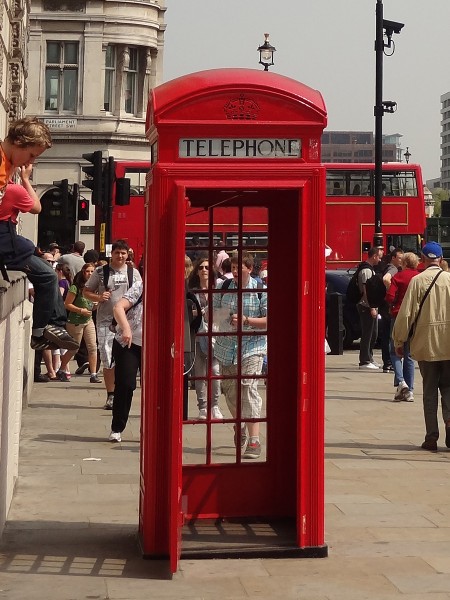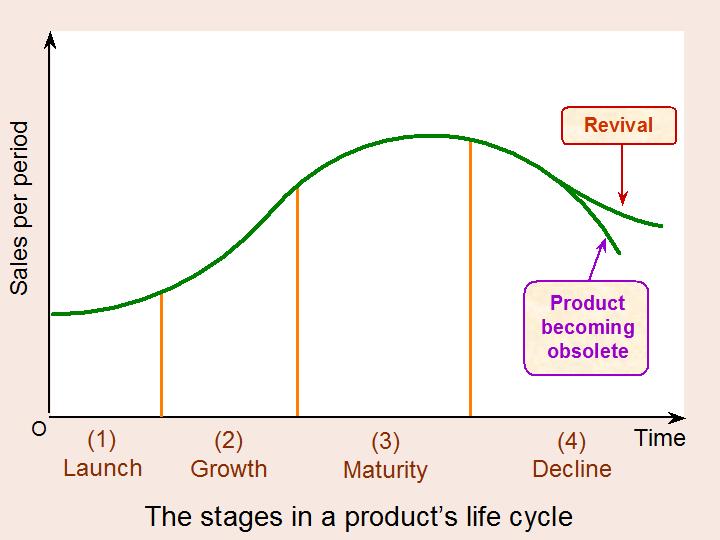 The high street has changed significantly over the past 50 years and is likely to continue to do so over the next 50 years. Much of these changes have occurred as a result of technological developments. However, one thing that has remained largely unchanged is the telephone box. Although there are fewer of them, with the majority of people owning a mobile phone, city centre high streets still have their fair share of phone boxes.
The high street has changed significantly over the past 50 years and is likely to continue to do so over the next 50 years. Much of these changes have occurred as a result of technological developments. However, one thing that has remained largely unchanged is the telephone box. Although there are fewer of them, with the majority of people owning a mobile phone, city centre high streets still have their fair share of phone boxes.
With tastes constantly changing, products and services come in and out of fashion. But with technology constantly developing, products and services that were once needed have become obsolete, replaced by their more advanced substitutes. We’ve seen e-commerce develop, such that long-standing high street retailers have faced closure and the development of mobile phones and other communication devices have meant that the once essential phone box is now rather redundant. At least, in its traditional function. The Mayor of New York, Michael Bloomberg said:
New York is the most dynamic city in the world, and while technology has changed all around us, the city’s payphones have remained mostly the same for decades.
 If we were to place the phone box on the product life cycle, it has certainly reached maturity and in many developed countries, even decline. But can extension strategies be used to create a new function for the phone box?
If we were to place the phone box on the product life cycle, it has certainly reached maturity and in many developed countries, even decline. But can extension strategies be used to create a new function for the phone box?
This is certainly happening in New York, where a reinvent challenge has been launched to help phone boxes adapt to technological innovation. Suggestions include using them as information sources, phone chargers, weather monitors and advertising boards. In the UK, phone boxes have even been fitted with defibrillators and are the first port of call for saving lives. But would this be enough to reinvent the phone box, whose numbers have fallen in New York from 35,000 to only 11,000?
Some say that the phone box is no longer relevant and while the idea of a ‘community hub’ remains appealing, the cost of maintaining them can be rather high. For others, the phone box is still essential, especially for those on lower incomes, who perhaps cannot afford what some people see as a necessity: a mobile phone. Are phone boxes, therefore, a means of ensuring access to communication for all socioeconomic groups? Also, perhaps for all age groups? As technology and tastes continue to change over the coming decades, the phone box will go in one of two directions: a revival or obsolescence. The following articles consider this.
New York phone boxes get new lease of life BBC News, Michael Millar (22/3/13)
Phone box in Ashwell is fitted with defibrillator to help save lives Rutland and Stamford Mercury (23/3/13)
Red Rutland phone box becomes 2000th life-saving hub ITV News, Pete Bearn (20/3/13)
The trashing of the iconic red phone box is one bad call Telegraph, Cristina Odone (11/3/13)
Questions
- Draw out the product life cycle. What examples of products and services can you find that fit in each stage?
- What are extension strategies? How do they help products that are in decline?
- When deciding whether or not to keep a phone box, what factors will be considered?
- How can phone boxes help to tackle inequality, especially of access?
- Are there any other products or services that fit into the decline stage? Which ones have had extension strategies applied and which have not?
- Do all products and services eventually enter the decline stage of the product life cycle? Can you think of any that haven’t? What has enabled them to survive?